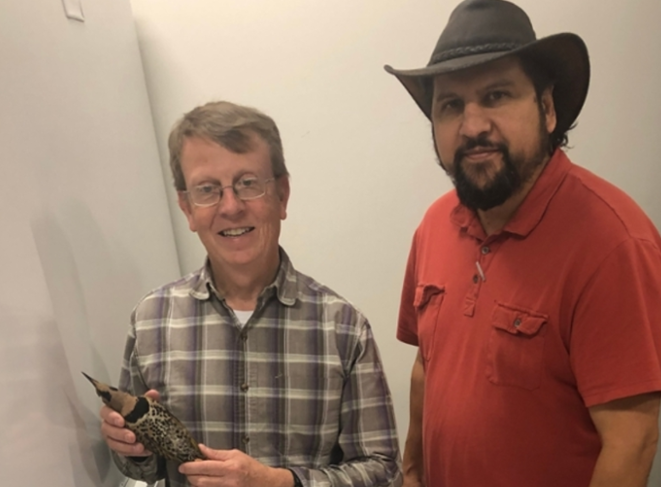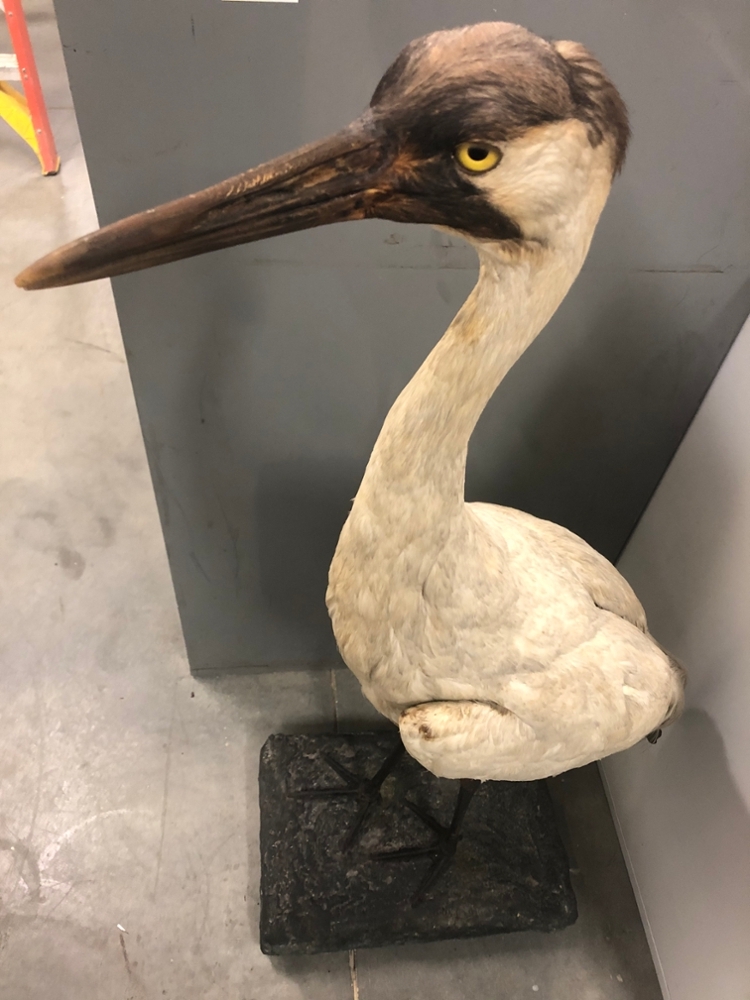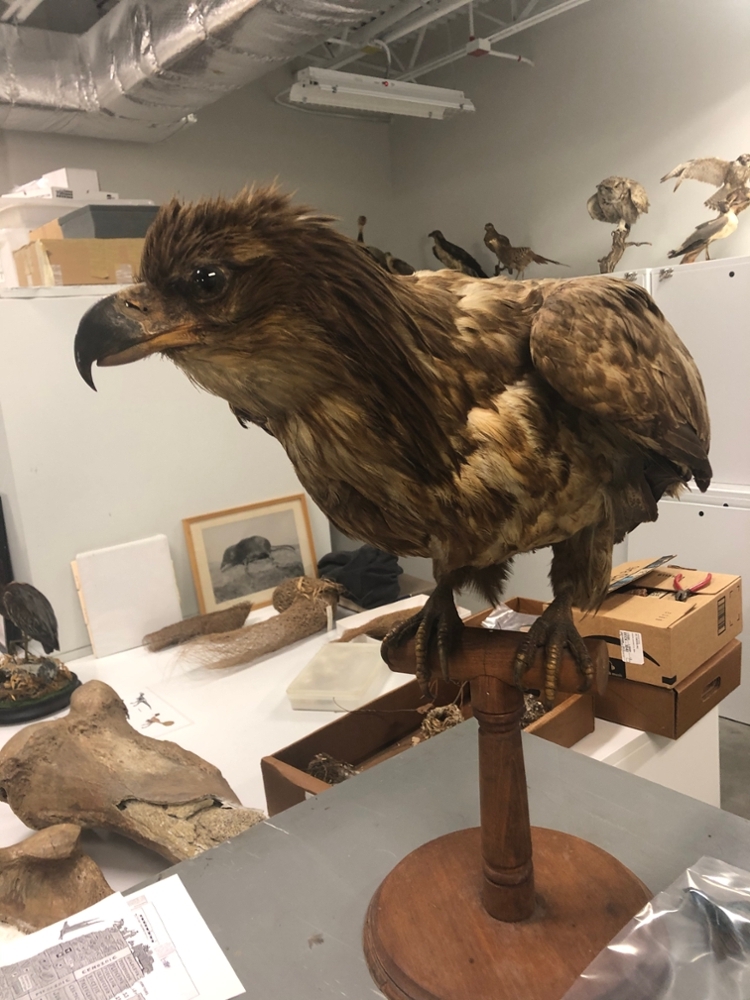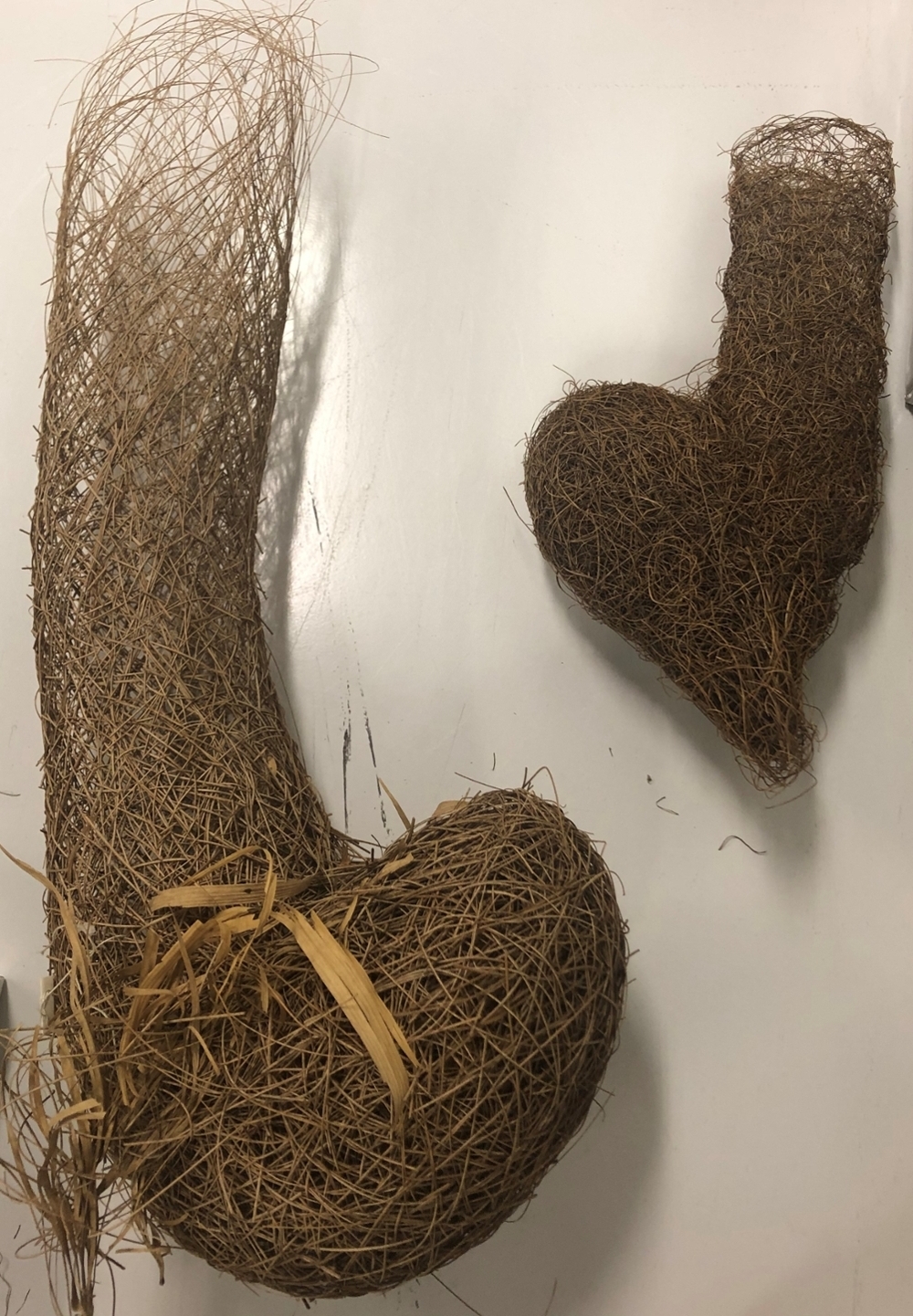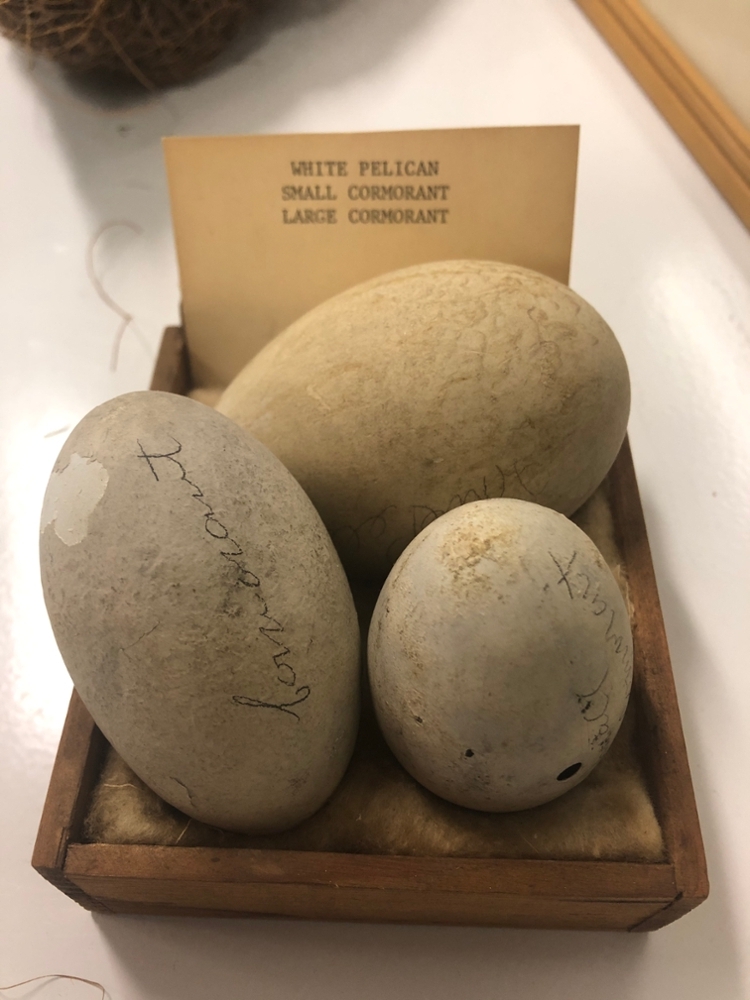Museum Bird Collection Showcases Regional Specimens
The most active bird collection in the state is currently housed at the Auburn University Museum of Natural History. The collection began to form during professor Henry Good’s tenure at Auburn University in the 1920s and grew further during Julian L. Dusi’s long career at the university from 1949 through 1992.
At one time, the bird collection was split into two collections. One was associated with the Department of Zoology and Entomology and the other with the Alabama Cooperative Fish and Wildlife Research Unit. It is believed these collections were consolidated in the late 70s or early 80s. Dr. Geoff Hill has been curator of the museum’s bird collection since he began teaching at Auburn in 1993. David Laurencio serves as collections manager.
The current bird collection is made up of mostly regional specimens. Many are salvaged birds which were killed after striking a window or from hunter donations.
“We tend to have a huge collection owls and raptors from the rehab center and gamebirds donated by hunters,” Dr. Hill explained. “We also have many waxwings and robins because they tend to hit windows.”
The collection currently hosts approximately 3,000 prepared study skins, 100 egg sets and nests, and bones and feathers from nearly 100 species. Some of the most unique specimens include a Northern Jacana found in Montgomery (a South American bird), a Wilson’s Storm-Petrel, two Razorbills, feathers from a White-crowned Pigeon found on Dauphin Island, and a Bridled Tern.
“The Bridled Tern is a tropical breeding tern,” said Dr. Hill. “If you want to see them in Alabama, you go out on a boat about 60 miles and you’ve got about a 1-in-10 chance of seeing them. There was one in a backyard in Auburn after a hurricane.”
Dr. Hill said he has always been interested in animals, but when he was 11 years old his attention focused on birds.
“When I was about 11 years old I went on my first bird walk,” he remembered. “I looked through binoculars at a bird and that was it. I never looked back.”
Dr. Hill said that he believes this collection is especially important to the museum because it contains many specimens of regional significance and it’s an important teaching tool.
“It documents a lot of unique birds from Alabama,” he said. “It’s a great resource for the students to learn about the birds they see regularly.”
Latest Headlines
-
04/18/2024
-
04/18/2024
-
04/18/2024
-
04/17/2024
-
04/12/2024

